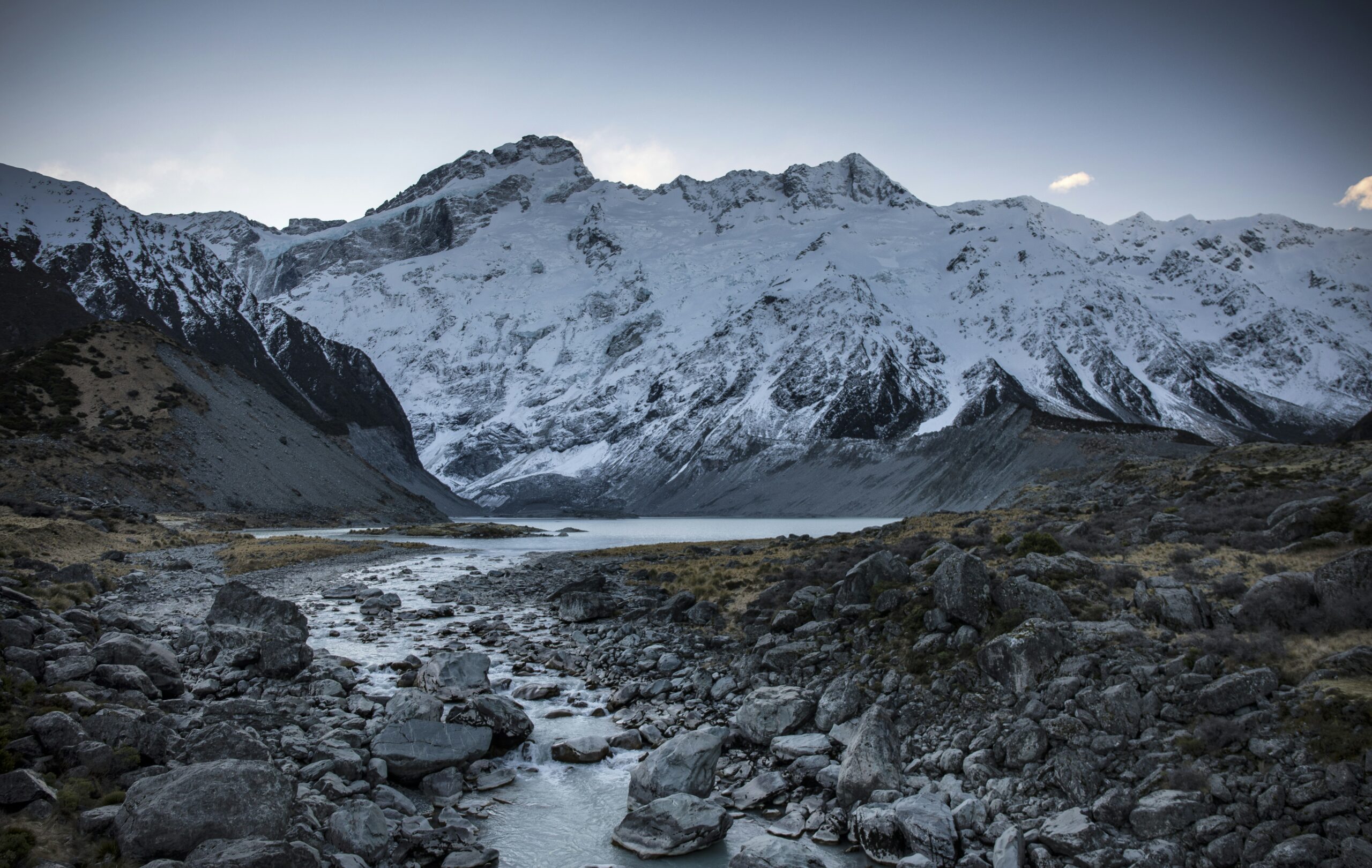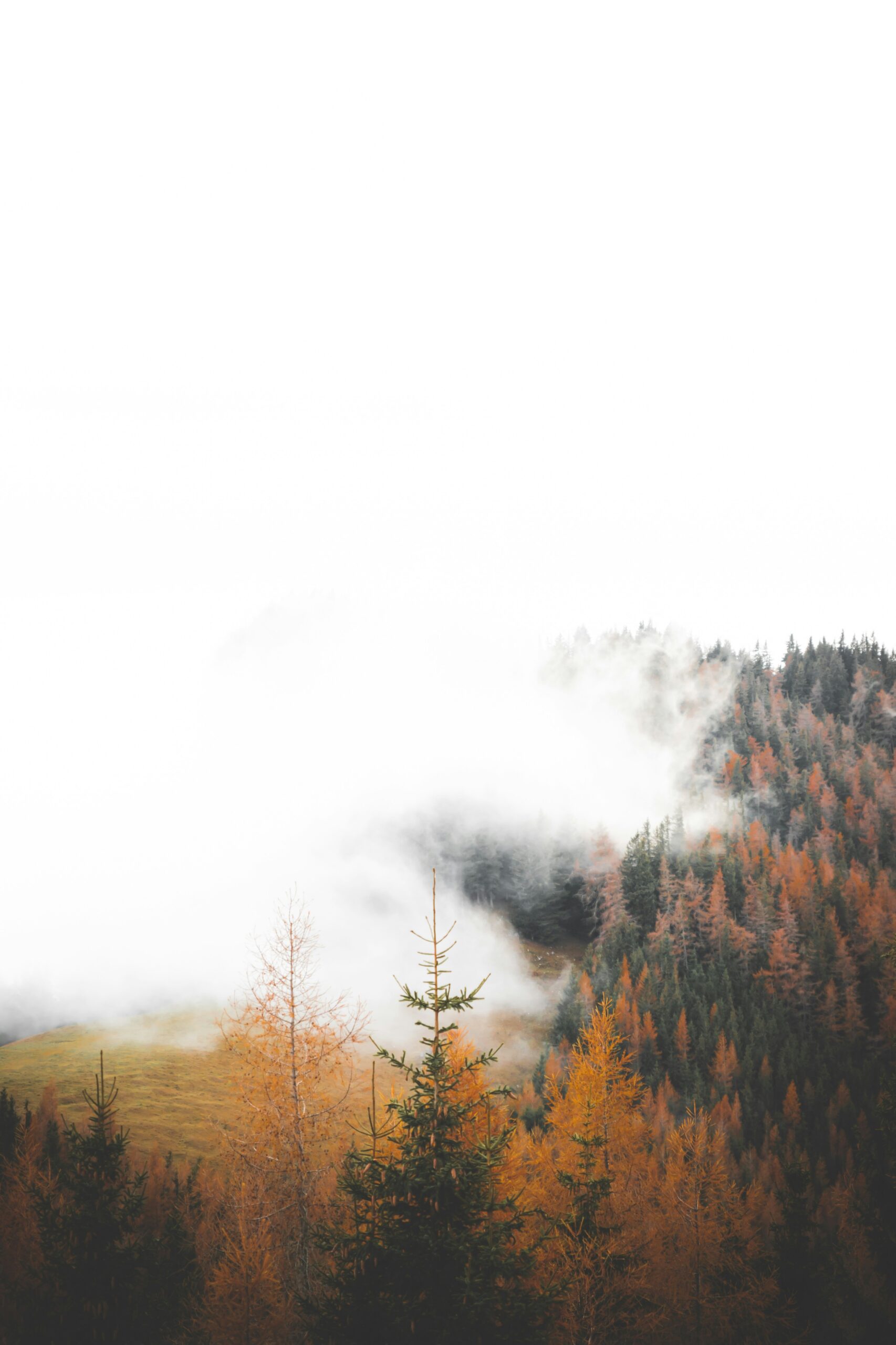When it comes to outdoor gear, particularly camouflage gear, one crucial question that often arises is whether it is waterproof or not. The ability to keep you dry and protected from the elements is a pivotal factor when exploring the great outdoors. So, dive into this article as we unravel the mysteries behind the water-resistance of camouflage outdoor gear, providing you with the information you need for your next adventure.
Understanding Camouflage Outdoor Gear
Definition of Camouflage Outdoor Gear
Camouflage outdoor gear refers to clothing, equipment, and accessories designed with patterns that help blend with the natural environment. The purpose of camouflage gear is to make the wearer or the equipment less visible, mimicking the surroundings and providing a tactical advantage in outdoor activities such as hunting, wildlife observation, and military operations.
Uses of Camouflage Outdoor Gear
Camouflage outdoor gear finds extensive use in various outdoor activities. Hunters utilize camouflage clothing and accessories to stay hidden from their prey, increasing their chances of a successful hunt. Military personnel rely on camouflage gear to blend into their surroundings during combat or reconnaissance missions. Outdoor enthusiasts, such as hikers and birdwatchers, often use camouflage clothing and gear to minimize their impact on the environment and observe wildlife without disruption.
Common Materials Used in Camouflage Outdoor Gear
Different materials are used to create effective camouflage outdoor gear. The choice of materials depends on factors such as durability, breathability, and the specific outdoor activity. Some commonly used materials include:
-
Polyester: Lightweight and quick-drying, polyester is commonly used for camouflage clothing and as a base fabric for gear accessories.
-
Nylon: Known for its strength and abrasion resistance, nylon is used for backpacks and tents to withstand rigorous outdoor conditions.
-
Gore-Tex: This advanced fabric combines waterproof, breathable, and windproof properties, making it suitable for specialized outdoor gear like jackets and pants.
-
Ripstop: Ripstop fabrics are reinforced with larger threads to prevent tearing and are often used in camouflage gear that requires durability, such as backpacks and tents.
Waterproof Vs. Water-Resistant
Definition of Waterproof and Water-Resistant
Waterproof and water-resistant are terms used to describe the ability of a material or gear to repel water. However, they differ in their degree of water resistance.
Waterproof gear refers to items that are completely impervious to water and can withstand being submerged without allowing any water to penetrate. On the other hand, water-resistant gear can resist the penetration of water to a certain extent but may eventually allow water to seep through under prolonged exposure or extreme conditions.
Test Methods for Waterproofing
Various test methods are employed to determine the waterproofing capabilities of outdoor gear. The most common test is the Water Resistance Test, where the gear is exposed to a specific amount of water pressure or subjected to wetting for a set period. Other tests include the Rain Chamber Test, where the gear is exposed to simulated rainfall, and the Hydrostatic Pressure Test, which measures the water pressure a material can withstand before it starts leaking.
Difference between Waterproof and Water-Resistant
The key distinction between waterproof and water-resistant gear lies in their level of water protection. Waterproof gear is designed to keep water out entirely, providing optimum protection in wet and humid conditions. Water-resistant gear, on the other hand, is partially resistant to water, offering protection against light rain or splashes, but not complete immersion or heavy downpours. It is important to consider the specific needs and the intended use of the gear when selecting between waterproof and water-resistant options.

Is Camouflage Outdoor Gear Generally Waterproof?
Importance of Waterproofing in Outdoor Gear
Waterproofing is a crucial feature in camouflage outdoor gear as it enhances its functionality and provides protection against the elements. Outdoor activities often involve exposure to rain, rivers, and wet terrain, where staying dry is essential for comfort and safety. Waterproof gear ensures that the wearer remains protected from rain, snow, and other sources of moisture, preventing discomfort, hypothermia, and damage to essential equipment.
Typical Waterproof Features in Camouflage Outdoor Gear
Manufacturers of camouflage outdoor gear prioritize incorporating waterproof features to enhance their products’ effectiveness. Some common waterproof features include:
-
Seam Sealing: Waterproof gear often has sealed seams, where the seams are covered with a waterproof tape or adhesive to prevent water from seeping through the stitching.
-
Waterproof Zippers: Specialized waterproof zippers are designed to create a watertight seal, ensuring that no water can penetrate through the closure points.
-
Durable Water Repellent (DWR) Coating: Many camouflage outdoor gear items have a DWR coating that enhances their water-resistant properties. DWR coatings cause water to bead up and roll off the material, keeping it dry.
-
Integrated Gaiters: Waterproof boots and pants often feature integrated gaiters, protective fabric extensions that cover the tops of boots or attach to pants to prevent water from entering.
Exceptions and Limitations
While camouflage outdoor gear often incorporates waterproof features, not all gear in this category is completely waterproof. Some gear may be designed to be water-resistant or may offer varying degrees of water protection. It is essential to carefully read product descriptions and specifications to understand the level of waterproofing provided by a particular item. Additionally, prolonged exposure to heavy rain, submersion in water, or improper care can compromise the gear’s waterproof integrity. Regular maintenance and adherence to manufacturer guidelines are crucial to ensure the gear remains waterproof.
The Manufacturing Process of Waterproof Camouflage Outdoor Gear
Materials Selection
The manufacturing process of waterproof camouflage outdoor gear begins with the careful selection of suitable materials. Manufacturers consider factors such as durability, breathability, water resistance, and camouflage pattern effectiveness. High-quality fabrics like Gore-Tex, nylon, and ripstop are often chosen for their exceptional waterproofing properties and ability to withstand harsh outdoor conditions.
Design Considerations
Design plays a crucial role in creating effective waterproof camouflage outdoor gear. Manufacturers focus on incorporating features that enhance water resistance while maintaining functionality and comfort. Design considerations may include the strategic placement of seams, waterproof pockets, adjustable closures, and ventilation systems to balance waterproofing with breathability.
Waterproofing Techniques
Manufacturers employ various waterproofing techniques to ensure the gear’s ability to repel water effectively. These techniques may include laminating fabrics with waterproof membranes, applying waterproof coatings or layers, utilizing seam sealing technologies, and integrating waterproof closures such as zippers and Velcro. The choice of techniques depends on the specific gear and the desired level of waterproofing.

How to Maintain the Waterproof Quality of Camouflage Outdoor Gear
Cleaning Methods
Proper cleaning is essential for maintaining the waterproof quality of camouflage outdoor gear. Following the manufacturer’s cleaning instructions is crucial to prevent damage to the waterproof coatings or membranes. Generally, gear should be hand-washed with mild detergents, avoiding fabric softeners or bleach. It is important to rinse the gear thoroughly to remove any residue, and if required, reapply DWR coatings to maintain their water-repellent properties.
Storage Guidelines
Correct storage practices help preserve the waterproof quality of camouflage outdoor gear. It is important to ensure the gear is completely dry before storing it to prevent the growth of mildew or mold. Gear should be stored in a cool, dry place away from direct sunlight, as UV rays can deteriorate the waterproof coatings or membranes. Additionally, storing gear loosely or hanging it can help maintain its shape and prevent creasing, ensuring optimum performance.
Waterproofing Treatments
Over time, the waterproofing capabilities of outdoor gear may diminish. Applying waterproofing treatments can help restore or enhance the gear’s water resistance. These treatments can be in the form of spray-on solutions, wash-in treatments, or reapplying DWR coatings. It is important to follow the manufacturer’s instructions and guidelines when applying waterproofing treatments to ensure optimal results.
Certifications for Waterproof Camouflage Outdoor Gear
Notable Waterproof Certifications
Several certifications exist to indicate the waterproof capabilities of outdoor gear. Some notable certifications include:
-
GORE-TEX: The GORE-TEX certification ensures that the gear meets rigorous standards for waterproofness, breathability, and durability. Products with this certification are guaranteed to keep the wearer dry in various weather conditions.
-
EN 343: This European Norm certification establishes the minimum requirements for the resistance to water penetration and water vapor resistance of clothing for protection against rain. It indicates a garment’s ability to withstand wet weather conditions.
How Certifications are Awarded
Certifications for waterproof camouflage outdoor gear are awarded based on rigorous testing conducted by independent laboratories. These tests assess the gear’s ability to resist water penetration, maintain breathability, and endure specific conditions. Manufacturers submit their products for evaluation, and if the gear meets the predetermined standards, it is awarded the corresponding certification.
The Significance of Certified Gear
Certified waterproof gear provides consumers with the assurance of quality and performance. These certifications validate the gear’s ability to withstand challenging weather conditions and ensure that it will keep the wearer dry. When purchasing camouflage outdoor gear, choosing products with recognized certifications provides peace of mind and confidence in the gear’s waterproof capabilities.

Types of Waterproof Camouflage Outdoor Gear
Waterproof Camouflage Clothing
Waterproof camouflage clothing includes jackets, pants, hats, gloves, and footwear specifically designed to repel water and keep the wearer dry. These items feature waterproof fabrics, sealed seams, and other waterproofing elements to provide comprehensive protection against rain, snow, and wet environments. Waterproof camouflage clothing is available in various camouflage patterns to suit different outdoor activities.
Waterproof Camouflage Tents
Waterproof camouflage tents are designed to withstand the elements and provide a dry and comfortable shelter in outdoor environments. These tents are constructed using waterproof materials, sealed seams, and rain flys to prevent water from seeping inside. Waterproof camouflage tents offer the advantage of blending with the natural surroundings, making them ideal for camping, hunting, and military applications.
Waterproof Camouflage Backpacks
Waterproof camouflage backpacks are essential for outdoor enthusiasts who need to protect their belongings from rain or wet terrain. These backpacks are designed with water-resistant or waterproof fabrics, seam sealing, and waterproof zippers to keep gear dry and protected. Waterproof camouflage backpacks are available in various sizes and designs to accommodate diverse needs, from day hikes to multi-day expeditions.
Pros and Cons of Waterproof Camouflage Outdoor Gear
Benefits of Waterproof Outdoor Gear
The advantages of waterproof camouflage outdoor gear are significant:
-
Protection from the Elements: Waterproof gear ensures that the wearer remains dry even in wet and challenging weather conditions, reducing the risk of hypothermia, discomfort, or equipment damage.
-
Enhanced Functionality: Waterproof gear allows outdoor enthusiasts to participate in activities like hunting, hiking, and camping without being hindered by rain, snow, or wet conditions. It enhances their overall experience and provides peace of mind.
-
Versatility: Waterproof camouflage gear, with its water repellent properties, can be used in a wide range of outdoor activities, from hunting to wildlife photography. The durability of the gear promotes longevity and multi-purpose functionality.
Disadvantages of Waterproof Outdoor Gear
While waterproof camouflage outdoor gear offers numerous benefits, there are a few considerations to keep in mind:
-
Breathability: Some waterproof gear may compromise breathability, causing moisture buildup and potential discomfort during high-exertion activities. It is important to select gear that balances waterproofing with proper ventilation.
-
Cost: High-quality waterproof gear often comes at a higher price point due to the advanced materials and technologies used in its manufacturing. It is crucial to consider budget constraints when investing in waterproof camouflage gear.
Choosing the Right Gear Based on Needs and Environment
Selecting the appropriate waterproof camouflage outdoor gear depends on several factors, including the specific needs of the activity and the environmental conditions. It is essential to carefully evaluate the level of required waterproofing, breathability, and durability. Additionally, considering factors such as insulation, comfort, and camouflage patterns can further enhance the gear’s suitability for the chosen outdoor activity.
Tips for Testing the Waterproof Capability of Camouflage Gear
DIY Waterproof Testing Methods
While professional testing provides the most accurate results, there are several DIY methods to assess the waterproof capabilities of camouflage gear:
-
Water Spray Test: Spray water onto the gear’s surface and observe if the water beads up and rolls off or is absorbed by the material. Beads of water indicate good water resistance, while absorption suggests the need for waterproofing treatment.
-
Water Immersion Test: Submerge the gear in water for a specific time, typically according to the manufacturer’s guidelines. Inspect the gear for any signs of water penetration or dampness, particularly in seams, zippers, and vulnerable areas.
Professional Testing Options
For a more accurate evaluation, professional testing options are available. Outdoor gear companies or specialized laboratories can conduct tests to assess the gear’s waterproof capabilities using standardized methods. These tests provide detailed insights into the gear’s level of waterproofing, allowing consumers to make informed purchasing decisions.
Interpreting Test Results
When evaluating test results for waterproof camouflage gear, it is important to consider the specific conditions under which the gear was tested. Understanding the certification standards or testing methods employed will help interpret the results accurately. Consumers should pay attention to any signs of water penetration, seam leakage, or dampness, as these indicate potential limitations or areas that may require additional waterproofing treatment.
Sustainability and Waterproof Camouflage Outdoor Gear
Environmental Impact of Waterproofing Methods
Waterproofing methods used in outdoor gear manufacturing can have environmental implications. Traditional waterproofing treatments often involve the use of chemicals that can be harmful to the environment. These chemicals may include perfluorinated compounds (PFCs) and volatile organic compounds (VOCs), which can persist in the environment and have adverse effects on ecosystems.
Sustainable Alternatives and Innovations
To address sustainability concerns, brands are adopting alternative waterproofing methods and materials. Some manufacturers are developing PFC-free DWR coatings and exploring plant-based or biodegradable waterproofing solutions. Beyond chemical alternatives, innovations in fabric construction, such as the use of recycled materials or closed-loop manufacturing processes, reduce the overall environmental impact of waterproof camouflage outdoor gear.
Brands Committed to Green Practices
Several outdoor gear brands prioritize sustainability and environmental responsibility in their manufacturing processes. These brands invest in research and development to minimize the use of harmful substances and adopt more sustainable production methods. By choosing products from these brands, outdoor enthusiasts can support environmentally conscious initiatives and contribute to the preservation of the natural habitats they enjoy.
In conclusion, camouflage outdoor gear serves a vital role in outdoor activities and provides advantages in blending with the surroundings. While not all camouflage gear is waterproof, many options incorporate waterproof features to ensure protection from rain, snow, and wet conditions. Understanding the differences between waterproof and water-resistant gear, as well as the importance of certifications and proper maintenance, allows you to make informed choices when selecting waterproof camouflage outdoor gear. By considering your needs, the environment you’ll be in, and sustainable alternatives, you can enjoy the benefits of waterproof gear while minimizing your impact on the environment. So, gear up with confidence, stay dry, and explore the outdoors with your trusted waterproof camouflage gear.

